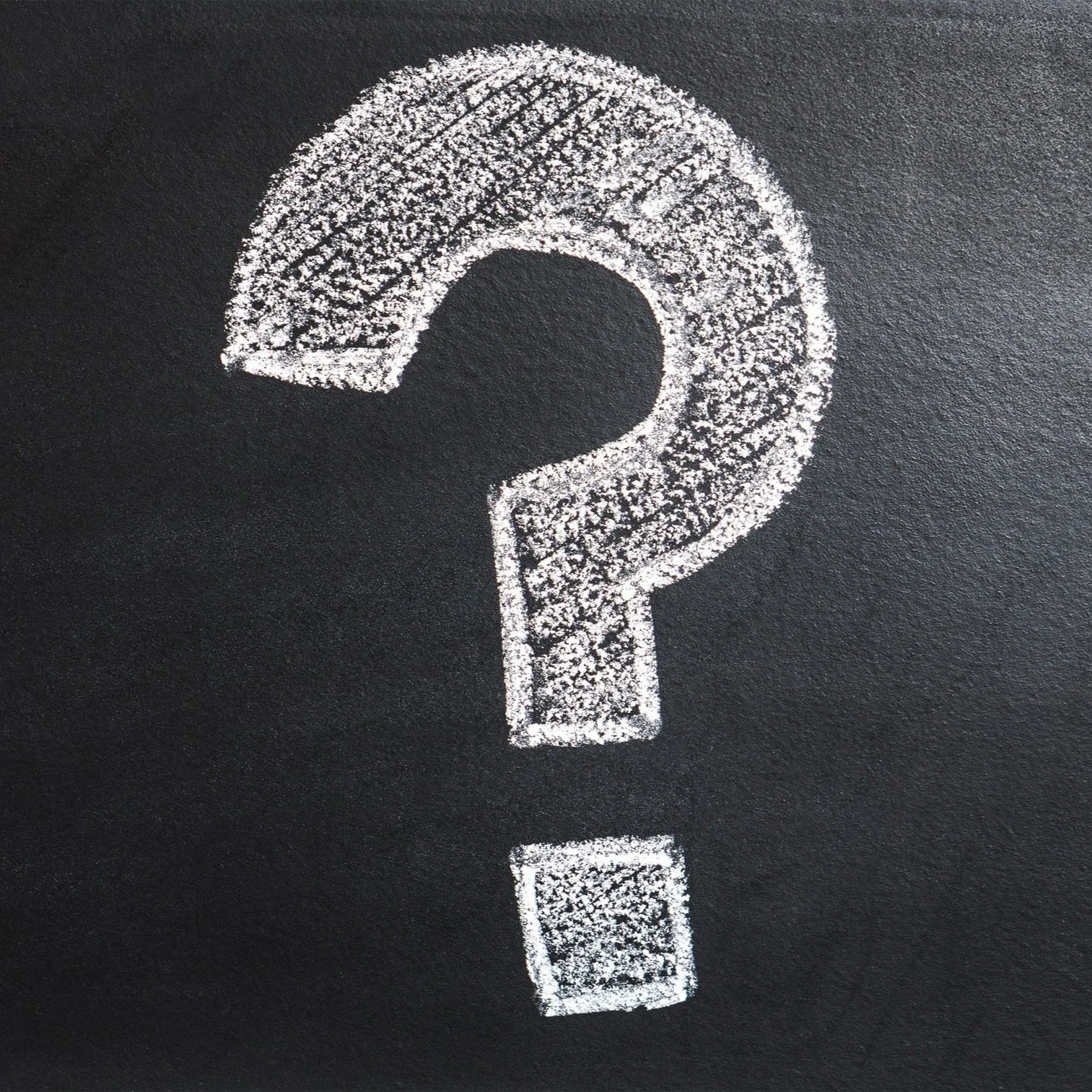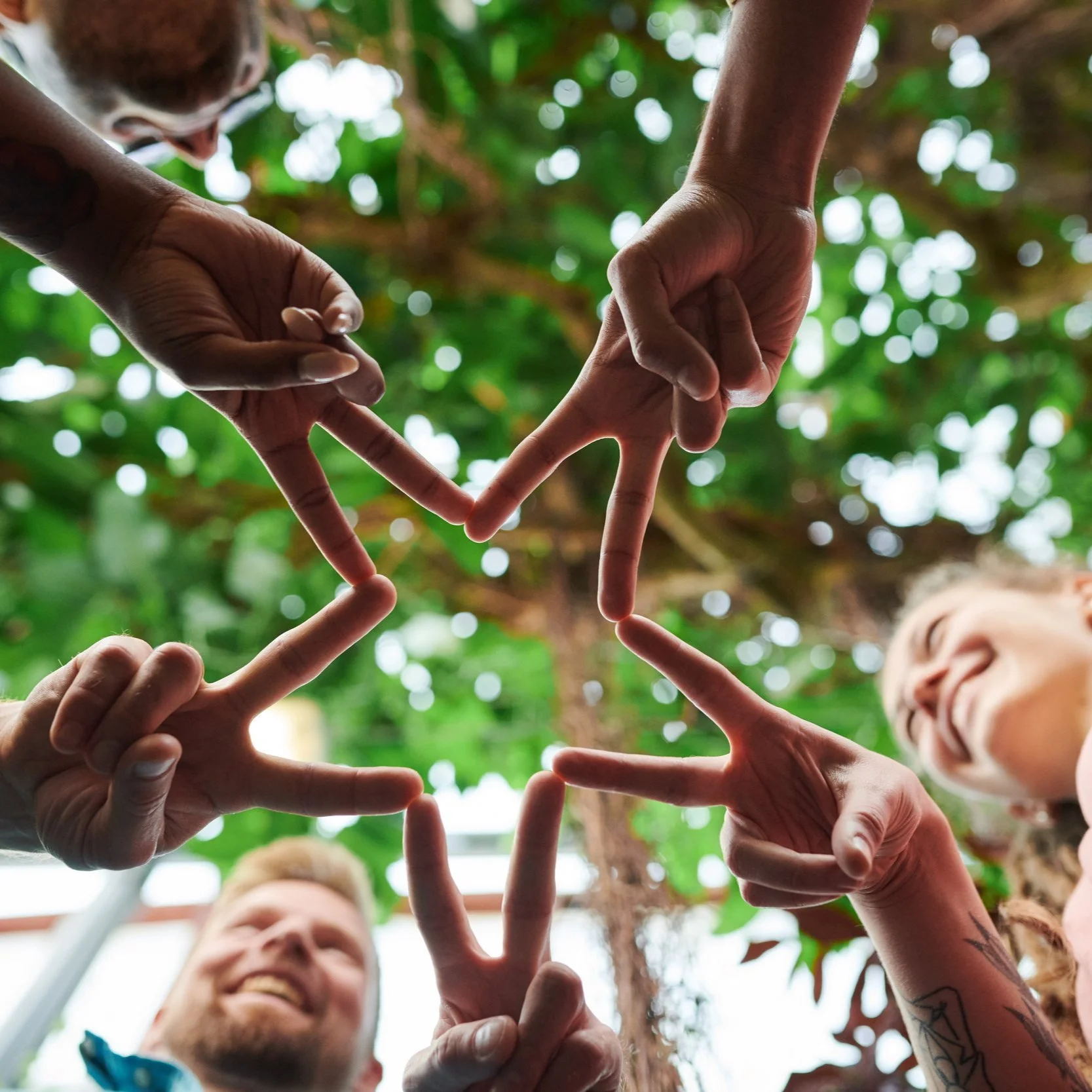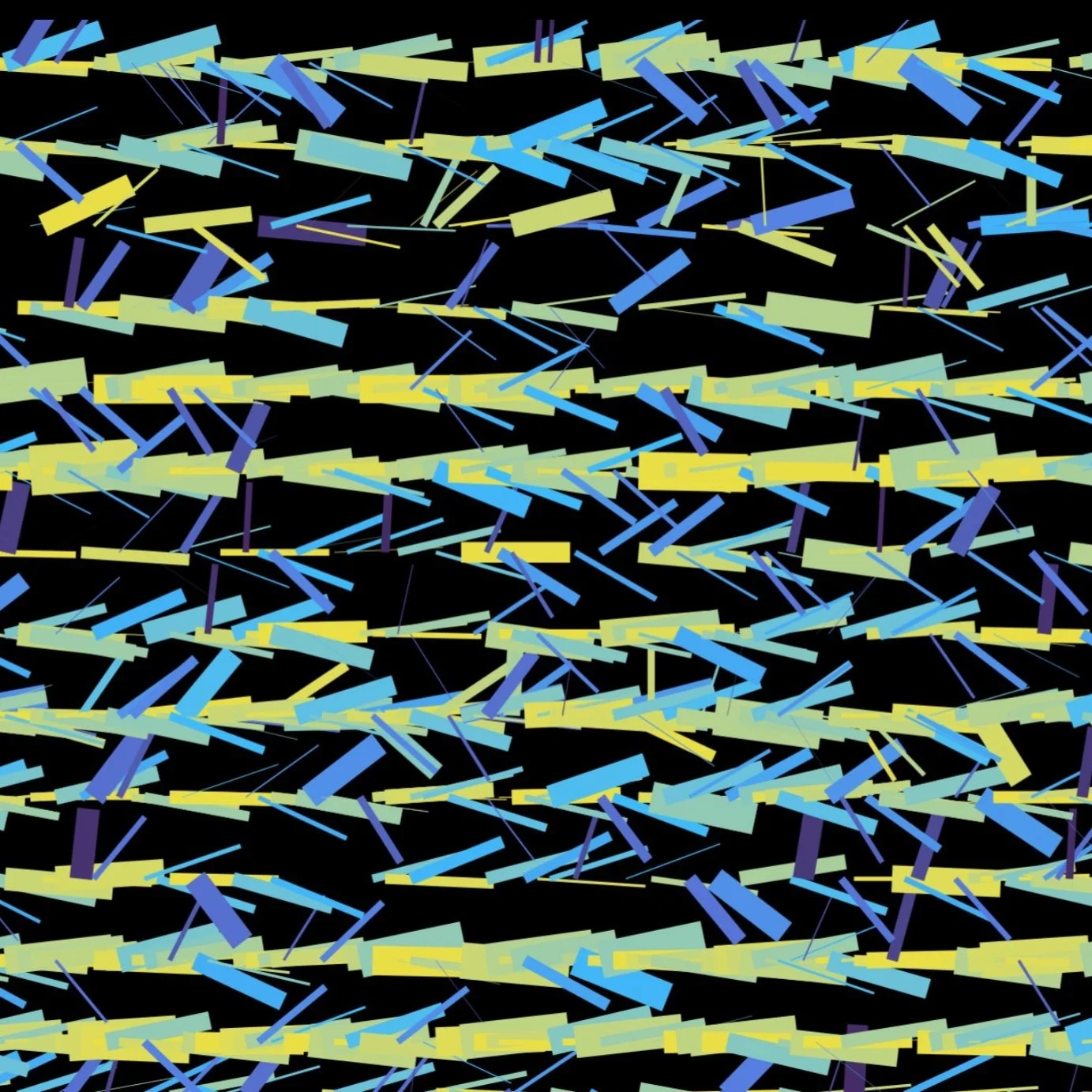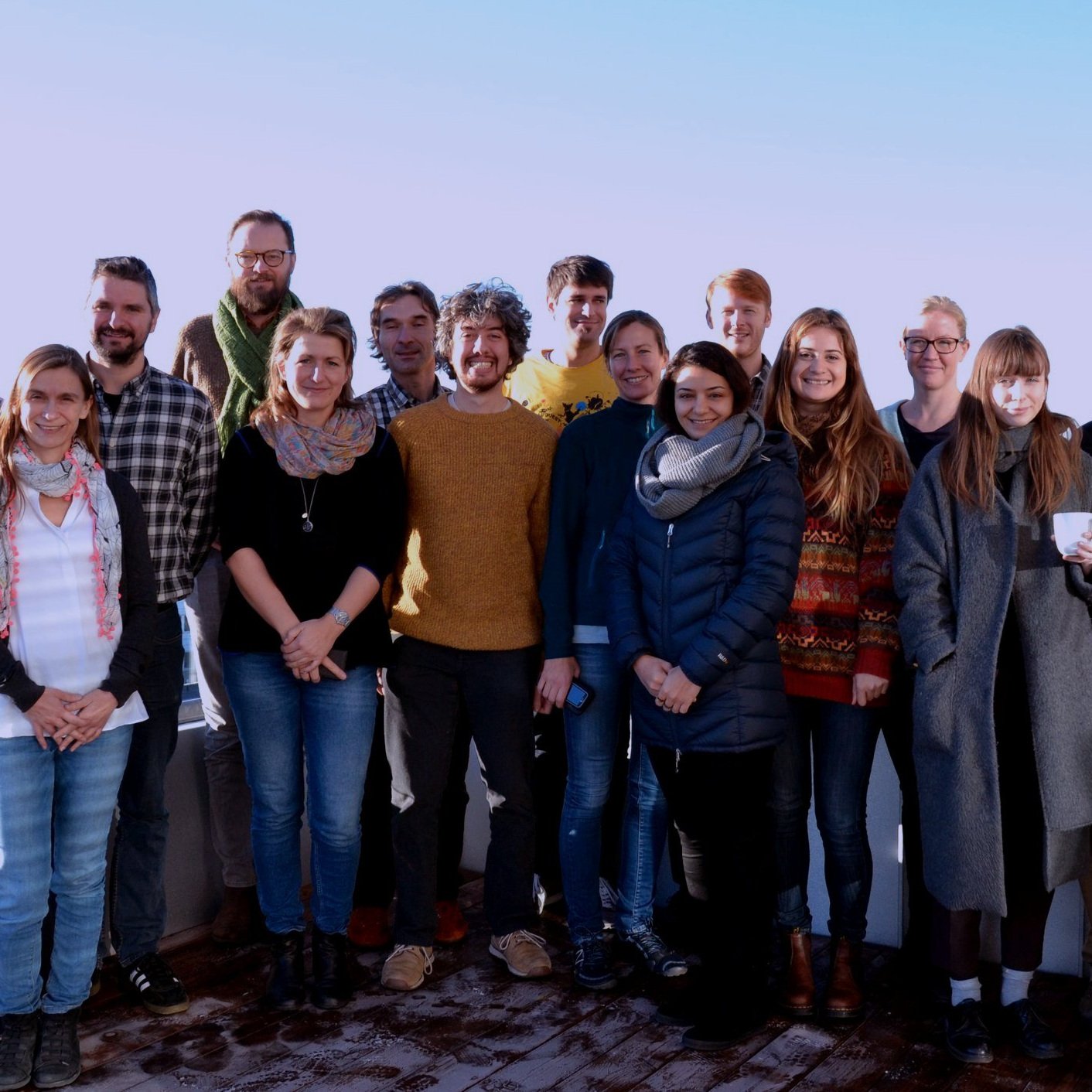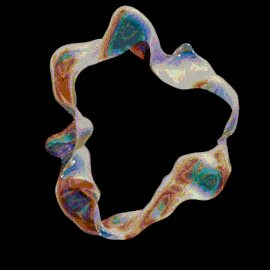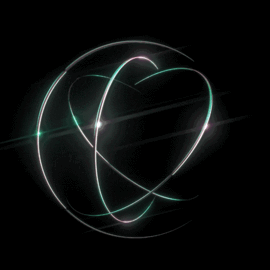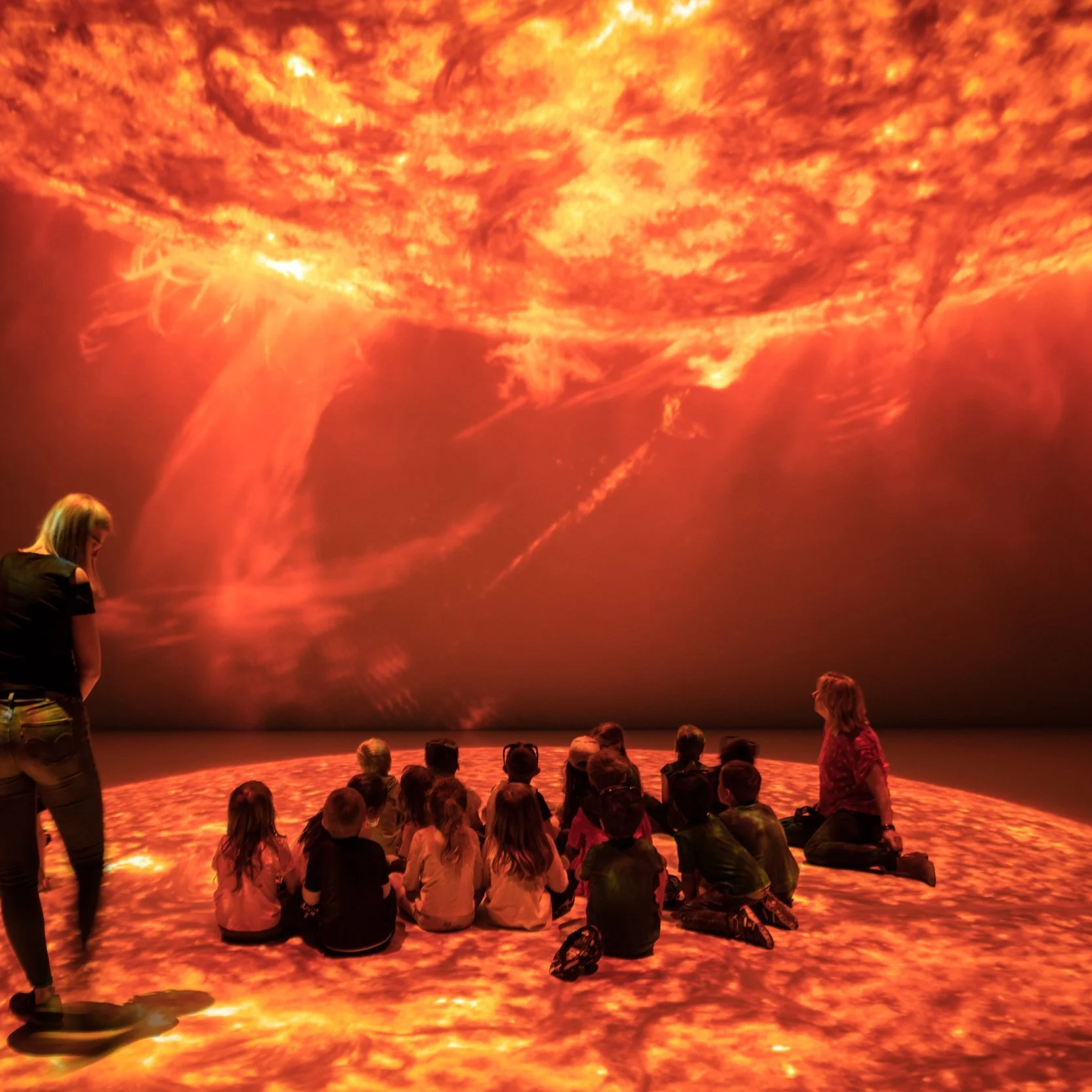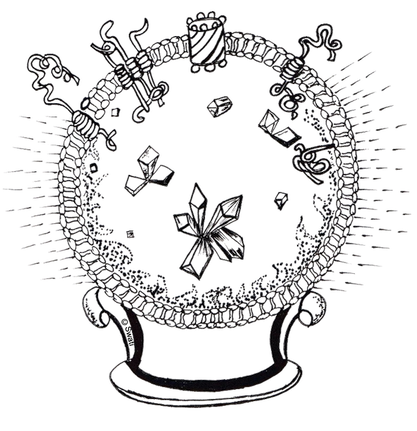“In addition, we had also invited scientists to introduce their best practices on Cryo-EM and neutron structures, scattering techniques, and data collection and processing, says Erika Tóth, postdoc at Lund University and coordinator of the workshops. “The production of high-quality membrane protein crystals is always very challenging. We were able to cover many steps of the processes and get good advice on how to figure out the best way to prepare samples, which methods to use, understand more about data models and new software as well as how to conduct experiments at MAX IV.
New techniques and hot topics
The range of participants from PhD students to senior researchers was valuable. The younger researchers could talk in more detail about technical aspects from their lab work which many found very useful. The senior researchers contributed with perspectives on what they see ahead from decades of experience in the field.
“We had really good discussions and got a broad overview of new techniques and hot topics. In this field negative results do not get published and that can lead to that people might try to the same things. With this kind of open sharing, we can learn also what does not work so well. Everyone gets stuck somewhere in this pipeline”, explains Erika Tóth.
The workshop offered both longer keynote presentations and smaller talks, promoting interaction and Q&A sessions. Speakers included Maria Marta Garcia Alai and Christian Löw from EMBL, Hamburg, Petra Fromme, Arizona State University, Gisela Bränden, University of Gothenburg, Allesandra Luchini, PSI and Erik Lindahl, Stockholm University.
Valuable knowledge exchange


